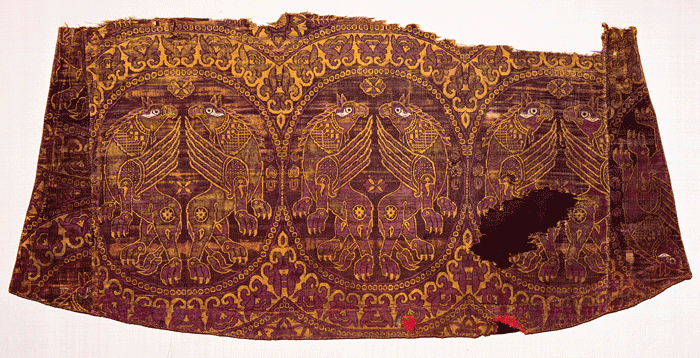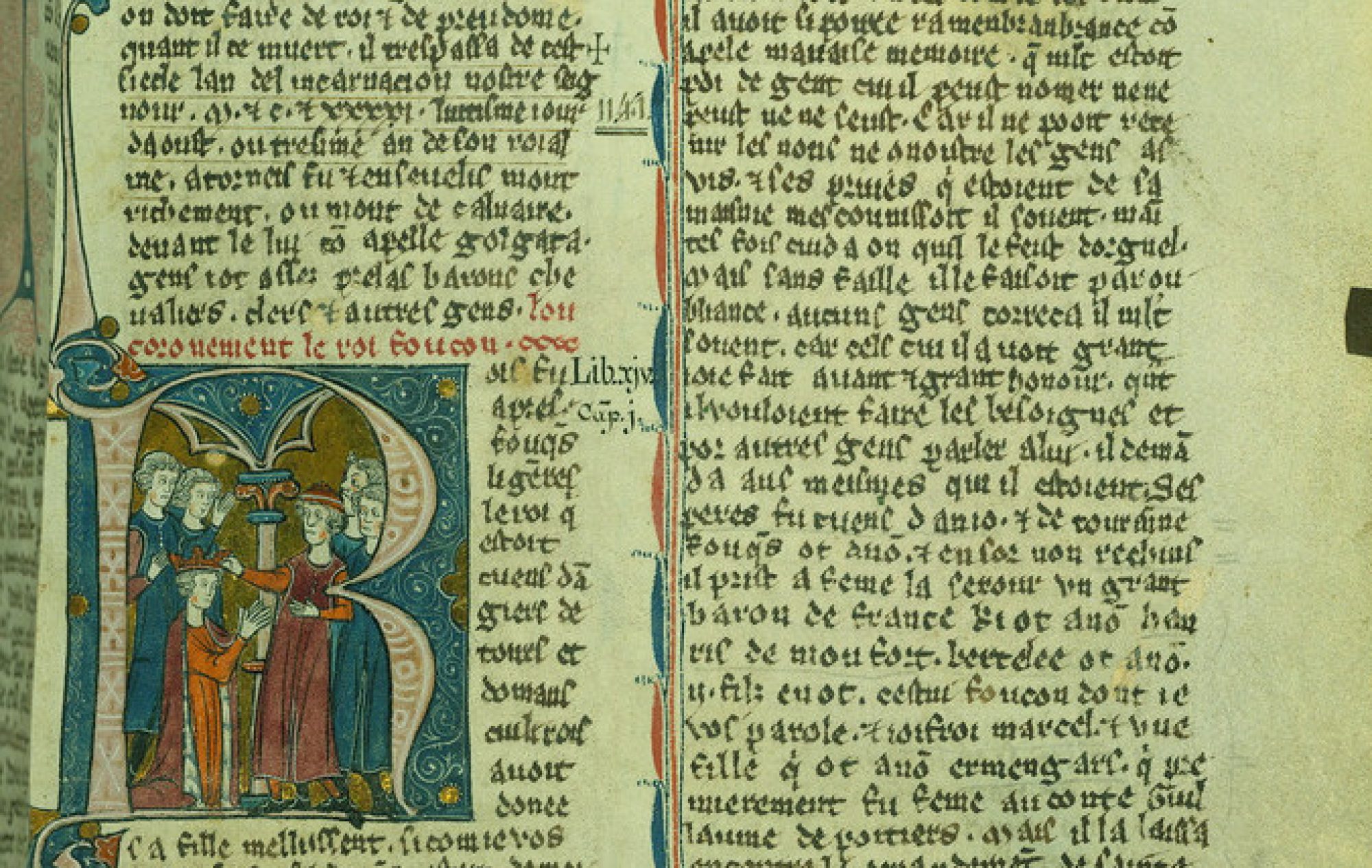Prester John provides a lengthy list of the animals in his lands, bragging about the riches around him. Specifically, he identifies that his
land is the home of elephants, dromedaries, camels, crocodiles, meta-collinarum, cametennus, tensevetes, wild asses, white and red lions, white bears, white merules, crickets, griffins, tigers, lamias, hyenas, wild horses, wild oxen and wild men, men with horns, one-eyed, men with eyes before and behind, centaurs, fauns, satyrs, pygmies, forty-ell-high giants, Cyclopses, and similar women; it is the home, too, of the phœnix, and of nearly all living animals.1
Common Animals
Some of these animals are explicable, namely elephants, dromedaries (a type of camel with a single hump), camels, crocodiles, wild asses, crickets, tigers, hyenas, wild horses, and wild oxen.

- This picture of a dromedary shows its similarity to a camel, but note that it only has a single hump.4
The age of the Roman empire was one of great exploration and collection. It is not a far leap, therefore, to suggest that some of these animals could have been transported to the lands of Prester John.
Unusual Animals
However, others in this category are more difficult to explain and require further analysis, specifically the white and red lions, the white bear, white merles, wild man, man with horns, one-eyed man, lamia, and pygmy.
What exactly is a white lion? According to the Global White Lion Protection Trust, an organization that works to protect this endangered species, the earliest recorded sighting of a white lion was in 1938.2 Could this be the lion the letter mentions, or could it be referring to something else entirely? Similarly, could the “red lion” be a rare type of lion, or perhaps simply a normal one dramatized by hyperbole? Some sources suggest that tigers were referred to as red lions in the Middle Ages, but tigers are already mentioned in the list of animals.
Additionally, “White bear” is a rather confusing term. At first glance, this seems to refer to polar bears, but polar bears are native to the Antarctic, a far away land with little reward and a low chance of survival for any explorers. Is the text perhaps referring to albino bears, or again, another animal with a rare gene that makes it more attractive to collectors?
The word “merle” in a modern context is the term used for a type of dog genome that causes spotted fur and blue eyes in multiple breeds.
Was this term in conversation in Prester John’s era? Was he really bragging about having white dogs, or is he using this term to describe something else entirely?
The “wild man,” “man with horns,” and “one-eyed man” only serve to bring up further questions. Is the wild man simply a group of Indigenous people? Is the man with horns some sort of mutant, creature of mythology, or even just a Viking? Is the one-eyed man a further mention of cyclopes, or is Prester John really bragging about having a man who somehow lost an eye? Furthermore, the term “pygmy” could refer to a group of people in Africa who are commonly called “pygmies”. By definition, however, the word simply means anything small. Any smaller-than-average person or animal could technically be called a pygmy.

- A lamia, as a sea monster, seducing a soldier.5
Finally, “lamia” is potentially the most confusing of this list. This could refer to one of three things:
- A type of mouse originating in New Guinea.
- A type of longhorn beetle.
- A terrifying demon sea monster originating in Greek mythology.3
The Mythological
This brings us to the next category of creatures: the obviously mythological. This includes the gryphon (half-lion, half-eagle), the centaur (bottom half horse, top half man), the satyr (top half horse, bottom half man), the faun (half-goat), cyclops, phoenix, and forty-ell (roughly 60 feet) giant.

These creatures do not exist today, and it is highly unlikely that they existed in the past. As far as we know, they are all mythological.
The Inexplicable
Of course, there are three creatures that remain: the meta-collinarum, the cametennus, and the tensevetes. These three represent the biggest mystery, as they seem to be made up completely by Prester John’s letter. They don’t appear to be mentioned in any other literature.
With all of these questions and casual mythological name-dropping, the letter appears to lose quite a bit more of its legitimacy.
- Sabine Baring-Gould, Curious Myths of the Middle Ages, (London, United Kingdom: Rivingtons, 1876), 30-53.
- “Top Key Facts About White Lions,” Global White Lion Protection Trust, 2012, http://whitelions.org/white-lion/key-facts-about-the-white-lion/.
- Aaron Atsma, “Lamia,” Theoi Project, 2017, http://www.theoi.com/Ther/Lamia.html.
- Florian Prischl, “Camelus dromedarius on Sinai,” (Nuweiba, 2007), https://commons.wikimedia.org/wiki/File:Camelus_dromedarius_on_Sinai.jpg.
- John William Waterhouse, “Lamia and the Soldier,” (London, 1905), https://en.wikipedia.org/wiki/File:Lamia_and_the_Soldier.jpg.
- “11th century Byzantine griffins,” Saudi Aramco World, 57, no. 4. (2006), http://commons.wikimedia.org/wiki/File:11th_century_Byzantine_griffins.gif.
